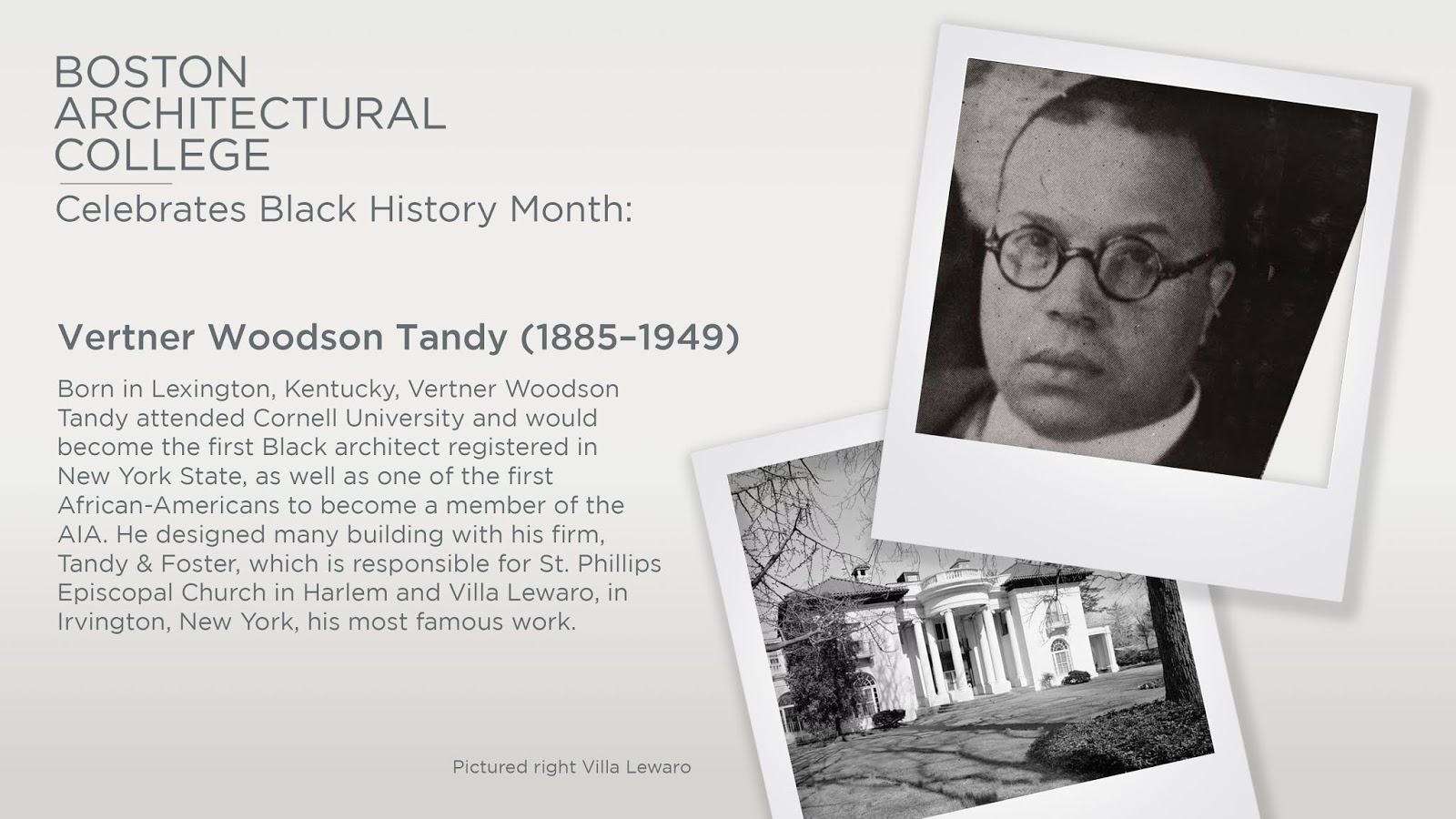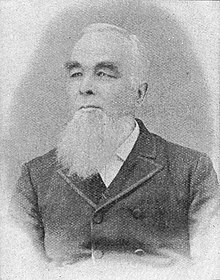Business partners Henry Tandy and Albert Byrd, two black bricklayers in Lexington during the
late 1800s and early 1900s, did the brick work on many notable local buildings. One of Tandy &
Byrd's biggest jobs was the Fayette County Courthouse. Herald-Leader
Henry A. Tandy was one of many newly freed slaves who moved to Lexington at the end of the
Civil War. He would leave marks on this city that are still visible, and his son would do the
same in New York.
Tandy was born in Kentucky, but it isn't known exactly when or where. He came to Lexington in
1865 at about age 15 and made a name for himself as a craftsman, business executive and
entrepreneur.
After two years as a photographer's assistant, Tandy went to work in 1867 as a laborer for G.D.
Wilgus, one of Lexington's largest building contractors. Within a few years he was a skilled
bricklayer and a foreman, according to architectural historian Rebecca Lawin McCarley, who
researched his life and wrote about it in 2006 for the journal Kentucky Places & Spaces.
Tandy saved money and, after marrying Emma Brice in 1874, bought his first real estate from
George Kinkead, an anti-slavery lawyer whose mansion is now the Living Arts & Science Center.
Tandy built the only two-story brick house in Kinkeadtown, a black settlement now part of the
East End.
By the time their son, Vertner, was born in 1885, the Tandys had sold their home in Kinkeadtown
for a profit and moved in with her parents at 642 West Main Street. Tandy is thought to have
built the brick house there, and he lived in it for the rest of his life.
In the 1880s, Tandy began buying investment lots around town. He built and rented some of the
best houses in Lexington's "black" neighborhoods at the time.
Among the Wilgus projects that Tandy worked on were the Opera House, St. Paul Catholic Church
and First Presbyterian Church. When Wilgus' health deteriorated in the 1880s, Tandy took over
many of his duties. It was then unheard of for a black man to run a white man's business.
When Wilgus died in 1893, Tandy and another black bricklayer, Albert Byrd, formed their own
company, Tandy & Byrd. It became one of Lexington's largest brick contractors, with as many as
50 workers.
Tandy & Byrd's biggest project was the old Fayette County Court House. Others that remain
standing include the First National Bank building on Short Street, Miller Hall at the
University of Kentucky and the Merrick Lodge Building, where The Jax restaurant is now at Short
and Limestone streets.
Tandy & Byrd also built the annex for the Protestant Infirmary at East Short Street and Elm
Tree Lane. The infirmary was the forerunner of Good Samaritan Hospital. Until recently, the
annex housed Hurst Office Furniture.
Tandy & Byrd constructed the Ades Dry Goods building on East Main Street, which now houses
Thomas & King's offices and Portofino restaurant. The partners did a lot of brick work for
Combs Lumber Co., which built many turn-of-the-century Lexington homes (including mine).
Tandy was one of 49 people profiled in W.D. Johnson's 1897 book, Biographical Sketches of
Prominent Negro Men and Women of Kentucky.
"Opportunity came to him, and he seized it," Johnson wrote of Tandy. "Through his indefatigable
efforts a large force of Negro laborers have found steady employment, and thereby obtained
comfortable homes for their families."
Tandy was prominent in the black community, with leadership roles in the "colored" YMCA, the
A.M.E. Church, black fraternal organizations and the Colored Fair Association, which organized
Kentucky's largest annual exposition for blacks. He was active in the National Negro Business
League and spoke at its national convention in 1902.
Byrd died in 1909, and Tandy retired in 1911 after finishing Roark and Sullivan halls at
Eastern Kentucky University. But he continued dabbling in real estate and got into the livery
and undertaking business. Tandy died in 1918, and he has one of the biggest monuments at Cove
Haven Cemetery.
Although Tandy got little formal education, he made sure his son did.
Vertner Woodson Tandy studied under Booker T. Washington at Tuskegee Institute in Alabama. He
finished his studies at Cornell University in Ithaca, N.Y., where he was one of seven founders
of Alpha Phi Alpha, the first black college fraternity. He was the first black to pass the
military commissioning exam, and he eventually became a major in the New York National Guard.
Tandy would become New York's first black registered architect, and the first black member of
the American Institute of Architects. Among many buildings he designed was St. Philip's
Episcopal Church in Harlem and two mansions for America's first black woman millionaire, the
hair-care products pioneer Madam C.J. Walker.
The Villa Lewaro mansion Tandy designed for Walker in exclusive Irvington-on-Hudson, N.Y., was
restored in the 1990s by Harold Doley, the first black to buy an individual seat on the New
York Stock Exchange.
Tandy designed one building in Lexington that still stands: Webster Hall, which housed teachers
at Chandler Normal School for blacks on Georgetown Street, which he had attended.
Vertner Tandy died in 1949 at age 64. A state historical marker honoring him stands beside the
family home on West Main Street, which is now used for offices.
Read more here:
 ) is also a regular kat from around the way.
) is also a regular kat from around the way.










 My grandmother's maternal side was from Ohio and had "lumbee" stock from Virginia. Actually, they didn't refer to them as that, they claimed they had "Blackfoot" blood. The actual Blackfoot tribe was somewhere around the border of Montana and Canada so I knew off rip that couldn't have been true. Did some research some years ago and found out "Blackfoot" was another nickname given to the Lumbees.
My grandmother's maternal side was from Ohio and had "lumbee" stock from Virginia. Actually, they didn't refer to them as that, they claimed they had "Blackfoot" blood. The actual Blackfoot tribe was somewhere around the border of Montana and Canada so I knew off rip that couldn't have been true. Did some research some years ago and found out "Blackfoot" was another nickname given to the Lumbees.
















